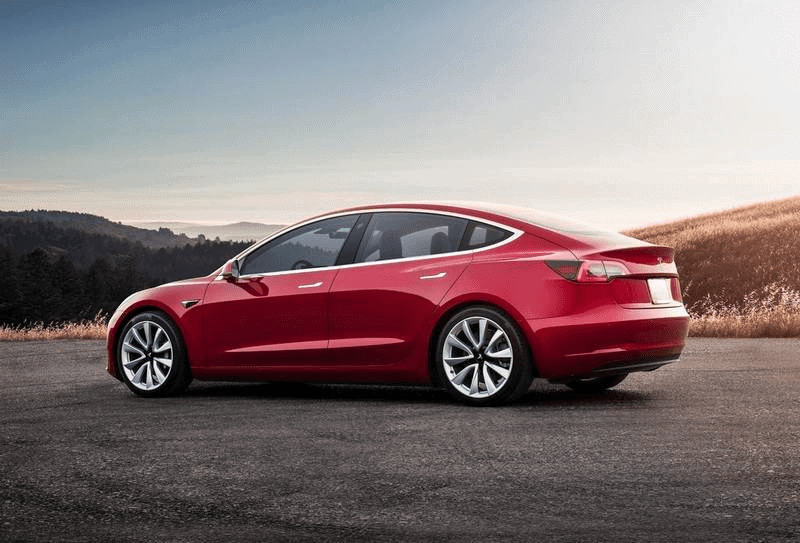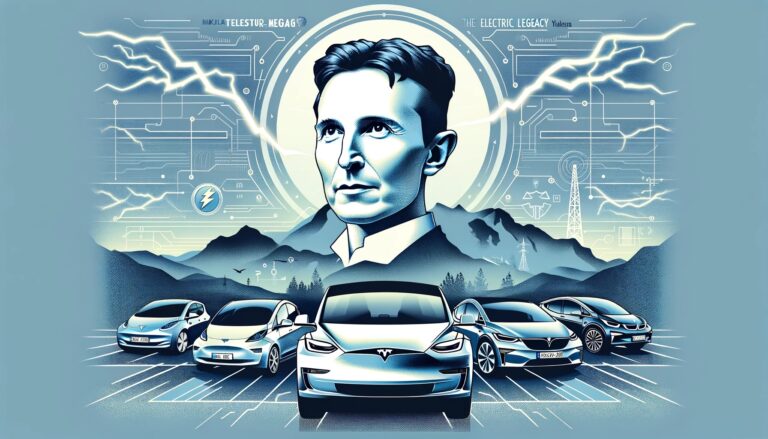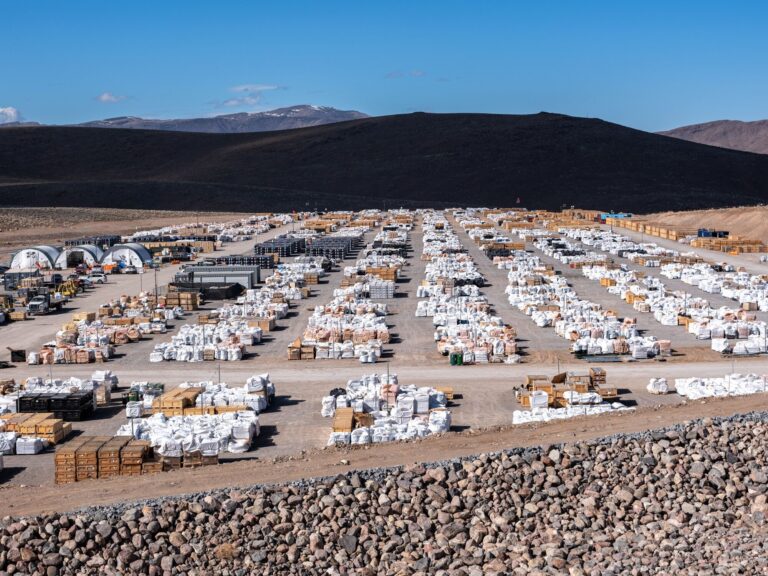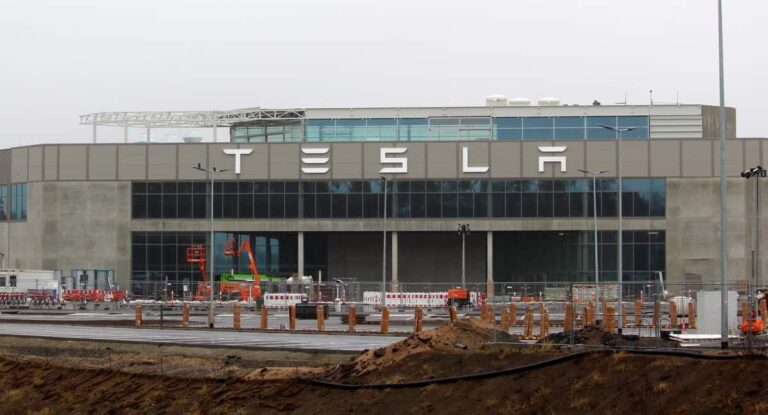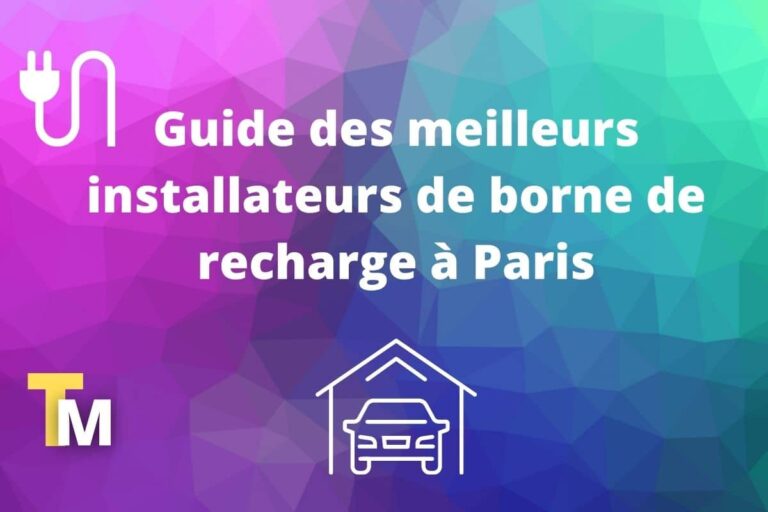Tesla Model 3 charging guide at home and on networks
Are you planning to charge your Tesla Model 3 at home? Discover in this article tips and tricks to best equip yourself with the help of our IRVE certified installers.
Do you want to install a charging station at the best price?
What are your home charging options for your Tesla Model 3?
| Criteria | Standard Household Socket | Charging point | Mobile Charging Cable |
|---|---|---|---|
| Facility | None. Direct use of existing socket. | Requires installation of equipment by an IRVE certified electrician. | Minimal or zero if existing adapted socket. |
| Cost | None, excluding increase in electricity bill. | High initial cost due to purchase and installation. | Less compared to the Wall Connector. Cost of purchasing the cable. |
| Cooldown Speed | The slowest. Approximately 15 km of autonomy recovered per hour of charging. | The fastest. Up to 75 km of range per hour of charging. | Intermediate. Faster than the domestic socket, but slower than the Wall Connector. |
| Flexibility | Weak. Depends on existing household outlet. | Weak. Fixed to the wall or on feet. | High. Usable in various contexts (home, work, travel, compatible public sockets). |
| Security | Risk of overheating over long periods. | Safer. Protection against voltage fluctuations and overheating. | Risks if used on an unsuitable socket. |
| Daily Practicality | Practical for nighttime recharges and short daily distances. | Very practical for quick recharges at home. | Less practical and much slower than the charging station for frequent use. |
| Adaptability | Not adaptable. Uses existing socket without modifications. | Suitable for all electric vehicles, some terminals offer modulation of the power and charging speed. | Adaptable to different situations thanks to its portability. |
Home charging: In the life of Aurélien, owner of Tesla Model 3
Let’s discover the daily life of Aurélien, a Tesla Model 3 owner living in Paris and working 30 km from his home. We will also examine a fictitious recharging table, including the cost of recharging, for use of 5,000 km per month, mainly in Île-de-France.
Aurélien’s Daily Routine
6:00 a.m. – Wake up and get ready
- Aurélien starts his day with a dynamic morning routine, including exercise and a nutritious breakfast.
7:00 a.m. – Journey to the Office
- He hits the road with his Tesla Model 3, charged to the maximum thanks to programming via the Tesla application.
7:45 a.m. – Arrival and Recharge at the Office
- Aurélien arrives at his office and plugs his Tesla into a charging station. This allows him to maintain optimal autonomy for his travels.
12:00 – Lunch and Load Management
- During his break, he checks the status of the load and organizes his afternoon trips.
5:30 p.m. – Return Home
- His return journey is carried out with complete peace of mind, taking advantage of the advanced features of his Tesla.
6:15 p.m. – Charging at Home
- Back home, Aurélien plugs in his Tesla for a nighttime recharge, in preparation for the next day.
Recharging Table and Associated Costs for 5000 km/month
| Week | Km Traveled | Home Recharges | Cost at Home (€) | Refills at Work | Labor Cost (€) | External Refills | Supercharger cost (€) |
|---|---|---|---|---|---|---|---|
| 1 | 1250 | 4 | 20 | 5 | 0 | 2 | 16 |
| 2 | 1250 | 3 | 15 | 5 | 0 | 3 | 24 |
| 3 | 1250 | 4 | 20 | 5 | 0 | 1 | 8 |
| 4 | 1250 | 4 | 20 | 4 | 0 | 2 | 16 |
- Cost at Home: Around 0.16 €/kWh.
- Recharges at Work: Free, offered by Aurélien’s employer.
- Supercharger cost: Around €0.24/kWh.
Conclusion
This routine highlights the ease and efficiency of managing daily life and the charging needs of a Tesla Model 3 in Paris. Even with high usage, costs remain manageable thanks to the varied charging options available in Île-de-France.
Understand the principle of the charging curve of your Tesla Model 3
The Tesla Model 3 charging curve principle describes how the charging speed varies depending on the battery’s state of charge (expressed as a percentage). Here is a simplified table of the recharge curve:
| Battery charge status | Charging speed (kW) |
|---|---|
| 0% – 10% | Fast (around 250 kW) |
| 10% – 60% | Medium (100-250 kW) |
| 60% – 80% | Slow (50-100 kW) |
| 80% – 100% | Very slow (<50 kW) |
Our advice to optimize your load
- Mainly recharge between 10% and 60% state of charge: It is in this range that the recharge speed is the highest, which will save you time.
- Avoid charging the battery to 100% unless necessary: Regularly charging the battery to 100% can shorten its long-term life. It is recommended to keep the battery between 20% and 80% for daily use.
- Use Tesla Superchargers when possible: Tesla Superchargers offer faster charging speeds than conventional public charging stations. Use the Tesla app to locate Superchargers near you.
- Adapt charging to suit your needs: If you know you won’t need a full charge for your trip, don’t hesitate to charge for less to save energy and time.
- Plan your trips in advance: The Tesla app and built-in navigation system can help you plan your trip by taking into account charging stations on your route. Planning your charging stops can help you optimize your charging time and reduce the risk of running out of battery.
By following these tips, you will be able to optimize the charging of your Tesla Model 3 and take full advantage of its performance.
Comparison of the different types of charging for your Tesla Model 3
| Charging type | Charging speed | Cost | Plug required | Current location |
|---|---|---|---|---|
| Tesla Supercharger | Up to 270 km in 30 minutes | Payable, based on kWh consumed | Tesla connector | Present on highways and cities |
| City Guide Recharge | Up to 50 km per hour of charging | May be paid or free depending on location | Tesla connector or household outlet | Installed in hotels, restaurants and tourist destinations |
| Public charger | Varies depending on location | Paid, based on time or kWh consumed | CCS, CHAdeMO or Type 2 connector | Installed in public parking lots, shopping centers and gas stations |
| Home | Up to 8 km per hour of charging | Usually free | Standard household socket | Available at home |
Compatible socket types for Tesla Model 3 :
- Tesla Mobile Connector for Home Sockets
- Type 2 cable for accelerated terminals
- Charging station at the best price
- Supercharge Tesla
- CCS Combo 2 Adapter
- CHAdeMO adapter
On which public networks can you charge your Tesla Model 3?
Okay, here is a simplified description for each charging network in France compatible with the Tesla Model 3:
- The Tesla charging network, known as Supercharger, offers a fast and efficient charging solution for Tesla Model 3 owners. With stations strategically located across France and in other countries, Superchargers enable drivers to quickly recharge their vehicle during long journeys.
- Electra offers a network of electric charging stations accessible to owners of Tesla Model 3 as well as other electric vehicles. The Electra network is growing rapidly in France, providing a convenient charging solution for electric drivers.
- IECharge offers a growing network of electric charging stations in France, giving Tesla Model 3 drivers an additional option for recharging their vehicle. With continued expansion, IECharge aims to make electric charging more accessible to everyone.
How much does it cost to charge your Tesla Model 3?
Home
A full tank costs around €9. Thanks to a terminal connected to the electrical network at home or at work, you can recharge the Tesla Model 3 car at the rate charged by the electricity supplier of your choice.
As with most electric cars, it is possible to recharge the batteries of a Tesla Model 3 using a simple household outlet. But one hour of connection will only allow you to regain around 14 kilometers of autonomy at a power of 2.3 kW. It would therefore take more than a day to completely regenerate the pack of a Long Range version.
With a wall box, it is possible to recharge the battery up to a power of 11 kW, or 6-8 hours to fill up with energy. Enough to regain 70 km of autonomy in 1 hour. It’s much more interesting, and less dangerous.
On Superchargers
In Europe, the Model 3 is equipped for fast charging to the Combo CCS standard. Tesla superchargers in their original configuration are not suitable for it. In December 2018, the American manufacturer began adding the Combo connector cable to its existing fast chargers in Europe. It allows you to regenerate the Model 3 Long Range pack, generally in about an hour.
An immobilization which can approach 2 hours with a completely drained battery, in order to restore it to 100% of its capacity. The full price will cost you around €12.
In 2020, Tesla has 80 stations, with more than 650 Superchargers in France. Deployment continues with third generation stations in Angoulême (16) and Les Herbiers (85) in particular, with an increase in peak power. It was 150 kW and Tesla will offer 250 kW.
On public terminals
Example: the Ionity network
The Model 3s immediately have a Combo-CCS connector and can therefore be recharged using an Ionity station. The base rate is €0.79/min (ultra-fast terminal or HPC).
To estimate your charging time depending on the type of terminal, go to the end of the article!
How long does it take to fully charge your Tesla model 3?
The Model 3, a 100% electric family sedan from the American manufacturer Tesla, can recharge 80% of the vehicle’s battery in 30 minutes, thanks to fast charging stations. The charging time of the Tesla Model 3 standard plus (year 2021) is 7 hours, 20 minutes on a 7 kW Wallbox, at 80%.
With its significant autonomy and the possibility of plugging into different terminals to never run out of electricity, the Tesla Model 3 is a versatile and relatively affordable vehicle. Before purchasing an electric vehicle, you must carefully check how easy it is to plug into any terminal.
Do you want to install a charging station at the best price?
Comparative table of charging prices for your Tesla Model 3
| Tesla Model 3 | Price |
| At home | 9€ |
| At the Supercharger | 12€ |
| On the Ionity network | 0.79€ / min |
